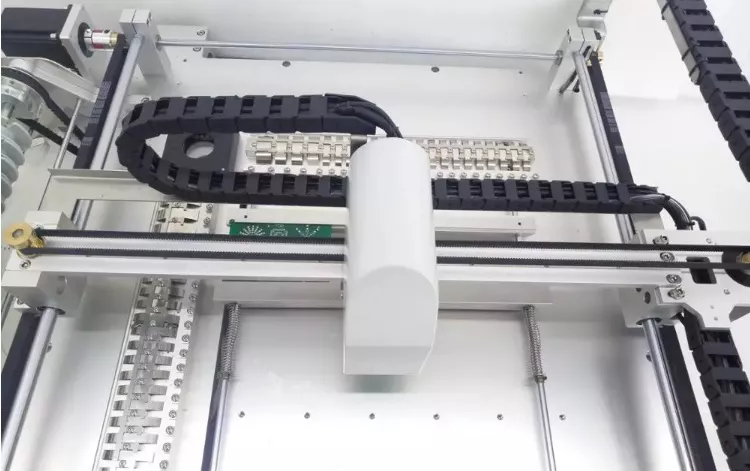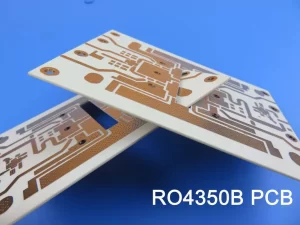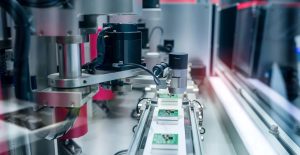目录
ToggleOptimizing SMT Processes for Better PCB Assembly Efficiency
Introduction:
Surface Mount Technology (SMT) has revolutionized PCB assembly, making it faster and more efficient. However, optimizing SMT processes is crucial for maximizing PCB assembly efficiency. This article explores strategies to enhance SMT processes, ensuring higher productivity and better quality in PCB manufacturing.
Key Factors in SMT Process Optimization
Component Placement Accuracy

One of the most critical aspects of SMT process optimization is component placement accuracy. Accurate placement reduces the likelihood of defects, which can significantly impact PCB assembly efficiency. To achieve precise placement, modern pick-and-place machines utilize high-resolution cameras and advanced algorithms. Regular calibration of these machines is essential to maintain their accuracy. Additionally, using components with clear and consistent markings can aid in reducing placement errors.
Data Table: Impact of Placement Accuracy on Defect Rates
| Accuracy Level | Defect Rate (%) |
|---|---|
| High | 0.5 |
| Medium | 2.0 |
| Low | 5.0 |
Optimizing Solder Paste Application

Proper solder paste application is vital for ensuring strong electrical connections and structural integrity. The solder paste must be applied uniformly and in the correct amount to avoid common issues such as bridging and tombstoning. Using a stencil with appropriate aperture sizes and ensuring the stencil is well-aligned with the PCB can enhance application precision. Automated solder paste inspection (SPI) systems can help detect and correct application issues in real-time, further enhancing PCB assembly efficiency.
Reflow Soldering Process

The reflow soldering process is where solder paste is melted to create strong joints between components and the PCB. Optimizing the reflow soldering profile is crucial for achieving reliable solder joints. This involves carefully controlling the temperature ramp-up, soak, and cooling stages to prevent defects such as solder balling and voids. Using convection reflow ovens with precise temperature controls can significantly improve the quality and consistency of solder joints, contributing to overall PCB assembly efficiency.
Automated Optical Inspection (AOI)

Automated Optical Inspection (AOI) plays a critical role in ensuring the quality of SMT assemblies. AOI systems use high-resolution cameras and sophisticated algorithms to inspect PCBs for defects such as missing components, misalignments, and solder joint issues. Integrating AOI into the SMT process allows for early detection and correction of defects, reducing rework and scrap rates. This not only improves PCB assembly efficiency but also enhances the reliability of the final product.
Continuous Process Improvement

Continuous process improvement is essential for maintaining and enhancing SMT process efficiency. This involves regularly analyzing production data to identify areas for improvement and implementing changes based on these insights. Techniques such as Six Sigma and Lean Manufacturing can be applied to streamline SMT processes, reduce waste, and improve overall efficiency. Encouraging a culture of continuous improvement within the organization ensures that PCB assembly processes remain competitive and effective.
Conclusion:
Optimizing Surface Mount Technology (SMT) processes is key to enhancing PCB assembly efficiency. By focusing on component placement accuracy, solder paste application, reflow soldering, AOI, and continuous process improvement, manufacturers can achieve higher productivity and better quality in PCB manufacturing. These strategies not only reduce defects and rework but also ensure the reliability and performance of the final electronic products.





